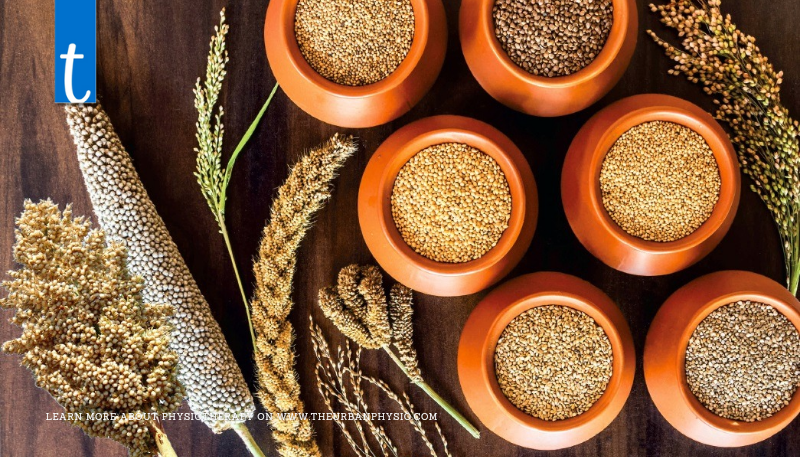The traditional Indian diet is a treasure trove of flavors, colors, and nutrients, deeply rooted in centuries of culinary wisdom. But what makes this diet not only delicious but also incredibly nutritious? Let’s explore the secrets behind its health benefits, the diversity of its ingredients, and how you can incorporate its principles into your daily meals.

A Palette of Ingredients
One of the standout features of the traditional Indian diet is its variety. From coastal seafood to rich North Indian gravies, every region boasts unique ingredients that contribute to a balanced diet. Here’s a closer look at some key components:
- Whole Grains: Staples like rice, wheat, and millets provide essential carbohydrates and fiber. Millets, such as bajra and jowar, are particularly high in nutrients and are considered superfoods due to their low glycemic index and rich mineral content.
- Legumes and Pulses: Rich in protein, lentils (dal), chickpeas (chana), and kidney beans (rajma) form the backbone of many meals. They are not only filling but also packed with fiber, helping to regulate blood sugar levels and promote digestive health.
- Vegetables and Fruits: Seasonal and locally sourced vegetables and fruits add vitamins, minerals, and antioxidants to the diet. From the vibrant greens of spinach and mustard greens to the bright oranges of carrots and pumpkins, the variety ensures a range of nutrients.
- Healthy Fats: Traditional cooking often uses healthy fats like ghee (clarified butter) and mustard oil. Ghee is known for its digestive properties and is rich in vitamins A, D, E, and K.
Spice It Up!
Spices are the heartbeat of Indian cuisine, offering not just flavor but also a multitude of health benefits:
- Turmeric: Known for its anti-inflammatory properties, turmeric contains curcumin, which has been linked to numerous health benefits.
- Cumin and Coriander: These spices aid digestion and can help reduce bloating.
- Ginger and Garlic: Both are revered for their immune-boosting and anti-inflammatory effects.
Incorporating these spices into daily meals not only enhances taste but also promotes overall well-being.
The Power of Cooking Techniques
How food is prepared also plays a crucial role in its nutritional value. Traditional Indian cooking methods—steaming, boiling, and slow cooking—preserve nutrients better than methods like deep frying. Additionally, many dishes are cooked in one pot, maximizing flavor and minimizing waste.
Meal Composition and Timing
Traditional Indian meals often consist of a balanced plate: grains, protein, vegetables, and healthy fats, served with yogurt or a side salad. Eating in moderation and at regular intervals helps maintain energy levels throughout the day.
Mindful Eating
In Indian culture, meals are often seen as a time to connect with family and friends. This emphasis on mindfulness during meals fosters a healthier relationship with food, encouraging people to savor their meals rather than rush through them.
Seasonal and Regional Wisdom
The Indian diet is inherently aligned with seasonal changes. For instance, lighter foods are favored in the summer, while hearty meals are more common in the winter. This seasonal eating not only ensures a varied diet but also helps the body adapt to different climatic conditions.
How to Incorporate These Principles
If you’re looking to adopt the nutritious aspects of the traditional Indian diet, here are some tips:
- Embrace Variety: Experiment with different grains, legumes, and seasonal vegetables in your meals.
- Use Spices: Don’t be afraid to add a range of spices to your cooking. Start with turmeric, cumin, and coriander, and explore further.
- Practice Mindful Eating: Set aside time for meals, enjoy each bite, and connect with family during mealtimes.
- Cook with Healthy Fats: Opt for ghee or mustard oil in moderation, and avoid overly processed oils.
Conclusion
The secret to the nutritious traditional Indian diet lies in its diversity, the rich array of ingredients, and the cultural practices surrounding food. By embracing these principles, you can enhance your health while enjoying the vibrant flavors of Indian cuisine. Whether you’re a seasoned cook or just starting, there’s always room to explore and appreciate the delicious and healthful world of traditional Indian food!


















